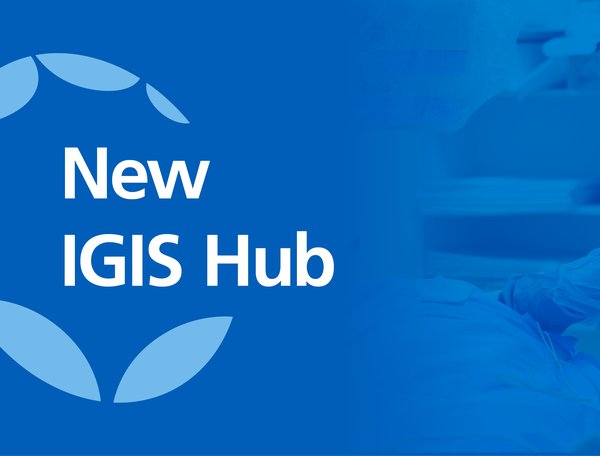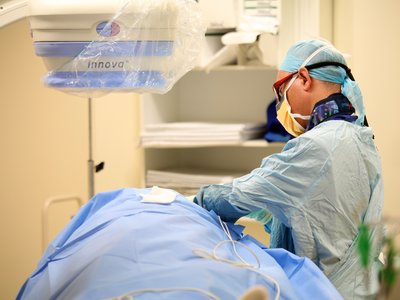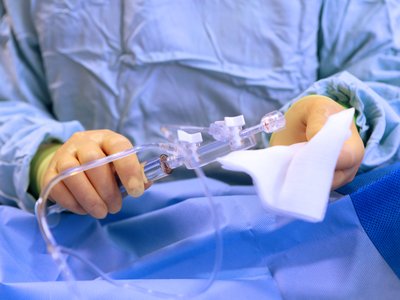Image Guided Interventional Surgery (IGIS) 'Hub' at GRH
Image Guided Interventional Surgery (IGIS) means procedures where the surgeon uses instruments with live images to guide the procedure.
On this page
The new IGIS Hub at Gloucestershire Royal Hospital will establish a 24/7 hub for image guided interventional surgery, comprising interventional radiology, vascular surgery and interventional cardiology.
We are bringing together the staff and resources we have and establishing a 24/7 hub at GRH, while a satellite IGIS service will operate from CGH, with an interventional surgery suite supporting some elective work alongside urology and cancer image guided surgery.
The IGIS Hub
The IGIS construction programme began in late 2022 and is expected to take approximately 18 months until fully complete. This will include:
- 3x cardiac catheter laboratories
- 2x interventional radiology suites
- 1x Hybrid imaging theatre



Why image-guided surgery?
One of the benefits of image guided surgery is that when you need an operation the surgeon does not need to make a large cut and instead can perform your surgery via a small ‘keyhole’, which means you can heal and recover more quickly. This avoids the need for more invasive, open surgery. It reduces the risk to the patient, the amount of time the person needs to stay in hospital and their recovery time.
Planned treatments:
- Treating furred-up arteries in the leg
- PCI (Percutaneous Coronary Intervention): unblocking arteries in the heart
- Cancer diagnosis and treatment
- Electrophysiology: treating disorders of the heart’s electrical systems.
Emergency treatments:
- Treating bleeding blood vessels in the gut
- Primary PCI (unblocking the heart’s arteries in an emergency).
Interventional Radiology means using real-time images of the inside of your body, captured by X-ray, MRI, ultrasound scans and CT scans to diagnose or treat problems with blood vessels.
Interventional Cardiology (heart medicine and surgery), vascular surgery (diagnosis and management of arteries) and interventional radiology use similar equipment, similarly trained support staff and have similar processes for caring for you following a procedure. These services also regularly need specialist input from each other and in many cases, they are treating the same group of patients.